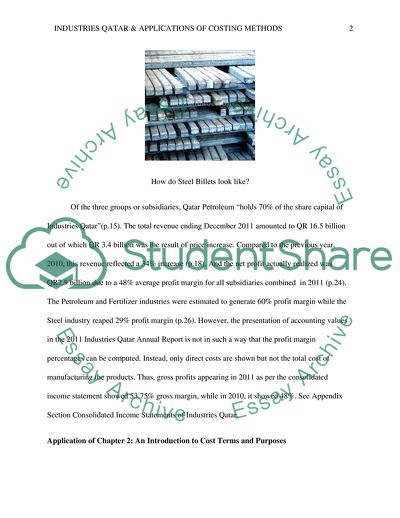Cite this document
(Industries Qatar Analysis Term Paper Example | Topics and Well Written Essays - 2000 words, n.d.)
Industries Qatar Analysis Term Paper Example | Topics and Well Written Essays - 2000 words. https://studentshare.org/finance-accounting/1801900-industries-qatar-analysis
Industries Qatar Analysis Term Paper Example | Topics and Well Written Essays - 2000 words. https://studentshare.org/finance-accounting/1801900-industries-qatar-analysis
(Industries Qatar Analysis Term Paper Example | Topics and Well Written Essays - 2000 Words)
Industries Qatar Analysis Term Paper Example | Topics and Well Written Essays - 2000 Words. https://studentshare.org/finance-accounting/1801900-industries-qatar-analysis.
Industries Qatar Analysis Term Paper Example | Topics and Well Written Essays - 2000 Words. https://studentshare.org/finance-accounting/1801900-industries-qatar-analysis.
“Industries Qatar Analysis Term Paper Example | Topics and Well Written Essays - 2000 Words”. https://studentshare.org/finance-accounting/1801900-industries-qatar-analysis.


